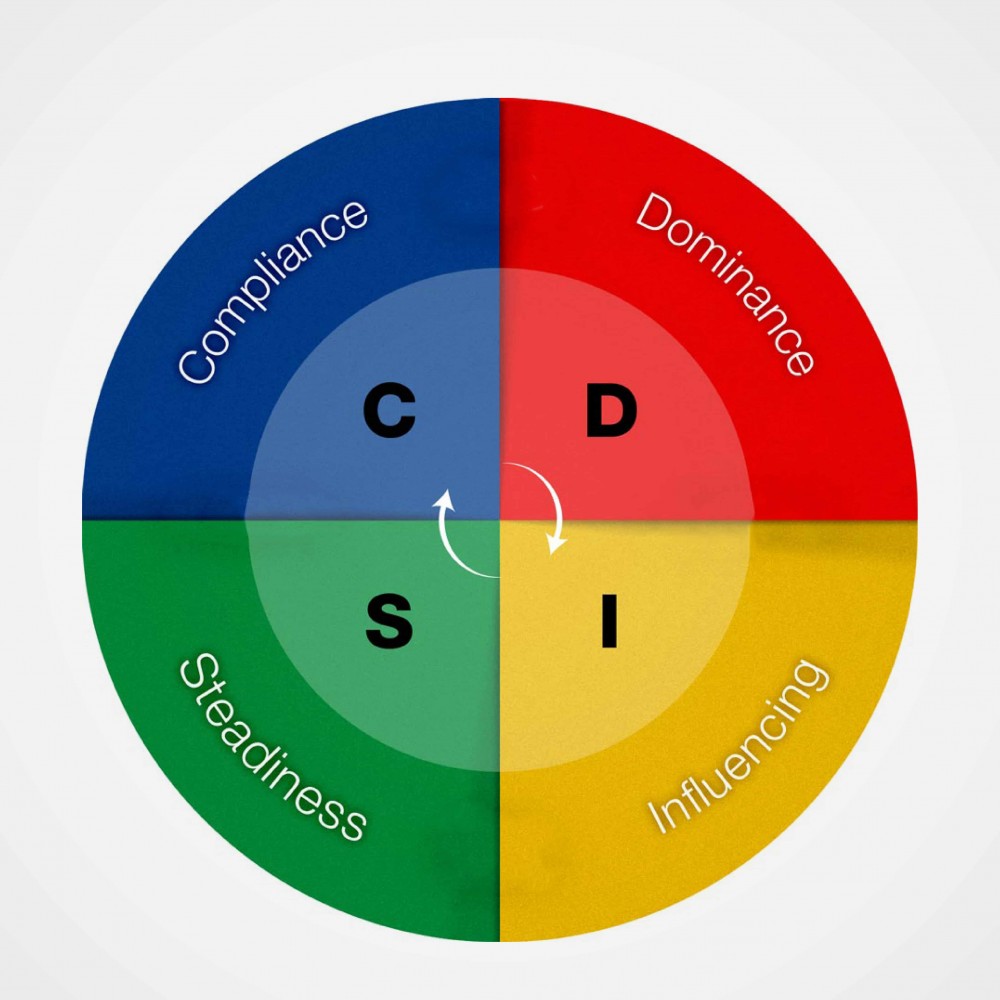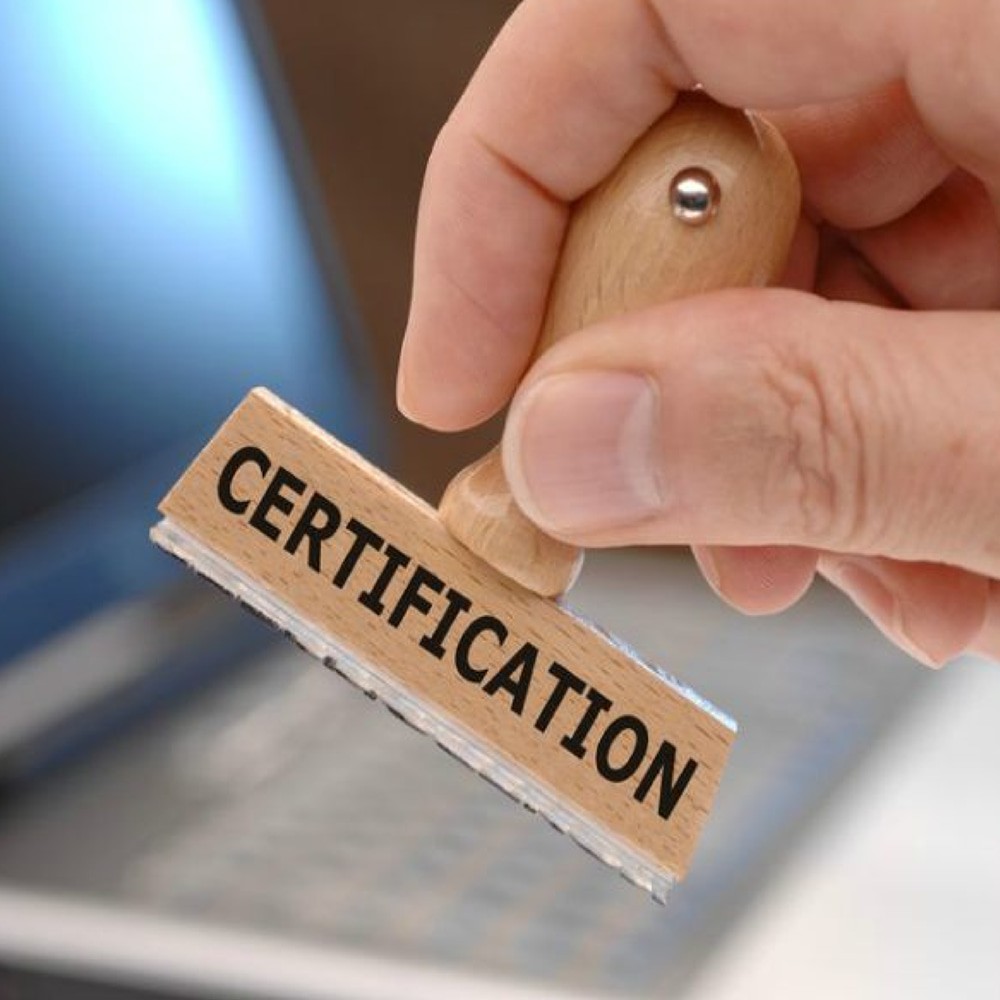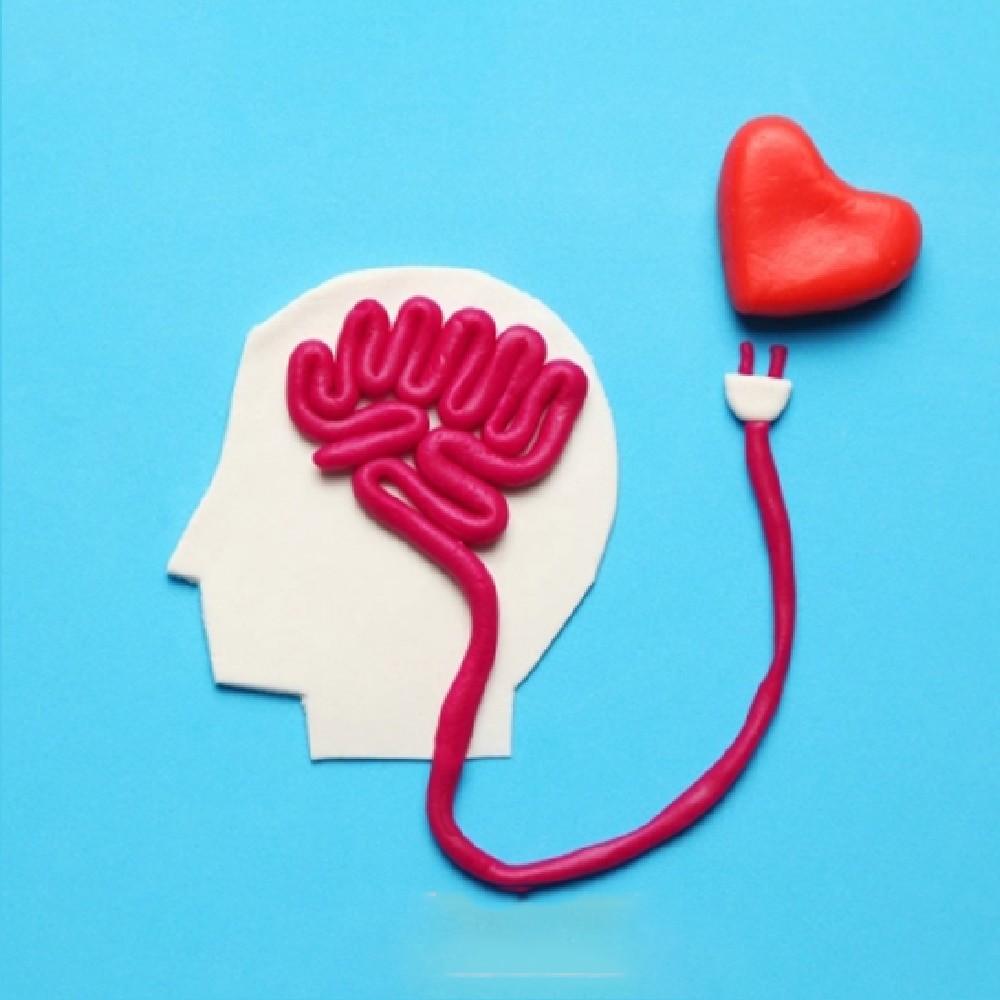DISC
DISC is a well-known assessment that measures the behavior styles of a person. It is not a personality test; rather, it focuses on the behavior patterns and “measures the intensity of characteristics.”
According to Oxford, the definition of behavior is “The way in which one acts or conducts oneself, especially towards others.” Psychologists define behavior as “an organism’s external reactions to its environment.”
DISC measures the person’s behavior in normal circumstances and when a person is under pressure at home, at work, or other types of social gathering. Once under pressure, the person might change the behavior to adapt to the stressful situation and solve the problem.
Why do I need to know my behavior in natural situation vs under stress?
Based on DISC assessment, when the behavior in natural (normal) situations is almost matching the behavior when under stress, it means that this person is stable. It also indicates that the person has high emotional intelligence that enables him/her to be stable and in control.
On the other hand, if the behavior in natural situations is extremely different from the behavior when under stress, this may indicate that there is an issue. This person might be behaving unintentionally and displaying behavior that is far from the natural. Therefore, this person might need to control his/her reactions.
Generally, people change their behavior when under stress or when faced with unconformable situation. This issue here is when there is an extreme in the behavioral change.
DISC Styles and the Behavior Description for each (as stated in the DISC official Test Report):
What if I find myself in more than one style?
Each person has the four styles of behavior; however, the intensity differs from one person to another. Usually two styles are the dominant in the ways we behave. For example, if your assessment result shows that I (Influence) & C (Conscientious) are the highest, this means that you seek enjoyment at work and enjoys meeting new people. Also, you are able to find creative solutions when dealing with problems. Since the C is also high, this gives you a balance. The C allows you to analyze and learn the specific details to guarantee success before approaching any new experience.
What if I have an extremely high or extremely low style?
Usually, there is a concern if there is a style above 90% or below 10%.
For instance, a person that has 96% in D (Dominance) style might indicate that this person is aggressive, demanding, and perhaps a dictator. On the other hand, a person that has 3% in D (Dominance) style might indicate that this person is submissive and unable to take decisions.
One of the important examples of how behavior style can affect your life is the different behavior styles in married couples. If the husband, for example, is I (Influence) and the wife is C (Conscientious), this may lead to numerous problems. If the husband decides to take a vacation, he will call his wife over the phone to start packing. To the wife, this is a very stressful situation. She needs details: where are they going? How long are they staying? What is the weather like? This example of the husband and wife shows the important of learning about the different behavior styles and such information can help avoid problems and conflicts within the family.
With the DISC assessment results, you can understand yourself better by understanding your behavior style. You can learn about behavior that might be causing problems to you or the ones around you. Thus, the DISC assessment provides an opportunity to improve oneself. If you decide to work on yourself, your behavior will change. It is advised that after taking the DISC assessment, you sit with a coach who can help you understand the results, raise your awareness, and discuss the necessary actions.
Coaching Session after DISC Assessment
As stated above, it is advised that you sit with a coach after taking the DISC assessment. The coach will help you understand the DISC assessment report and learn the details in your behavior style. The coaching session will also highlight the behavior that might be causing problems and ways to improve oneself.
The coaching session is voluntarily. You can take the assessment without the coaching session.
And Then What?
After taking the assessment test and the coaching session, you will be aware not only of your own behavior but the behavior of others. You will learn to communicate with others depending on their behavior styles in order to achieve a better understanding of each other and achieve the desired outcomes. Please note that the assessment results can change once you change your behavior.
Assessment Duration:
The DISC assessment takes from 15 to 30 minutes.
Language:
The DISC assessment is available in many languages including English and Arabic.
DISC Assessment Tests Available at Octarium:
DiSC Sales
DiSC Service
DiSC Self
DiSC 360
DiSC Leadership
How Can I Purchase the DISC Assessment Test?
Please use the link to complete your order: DiSC Assessment









